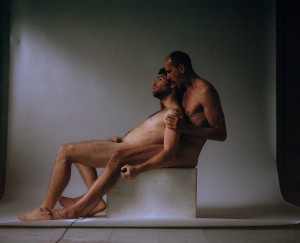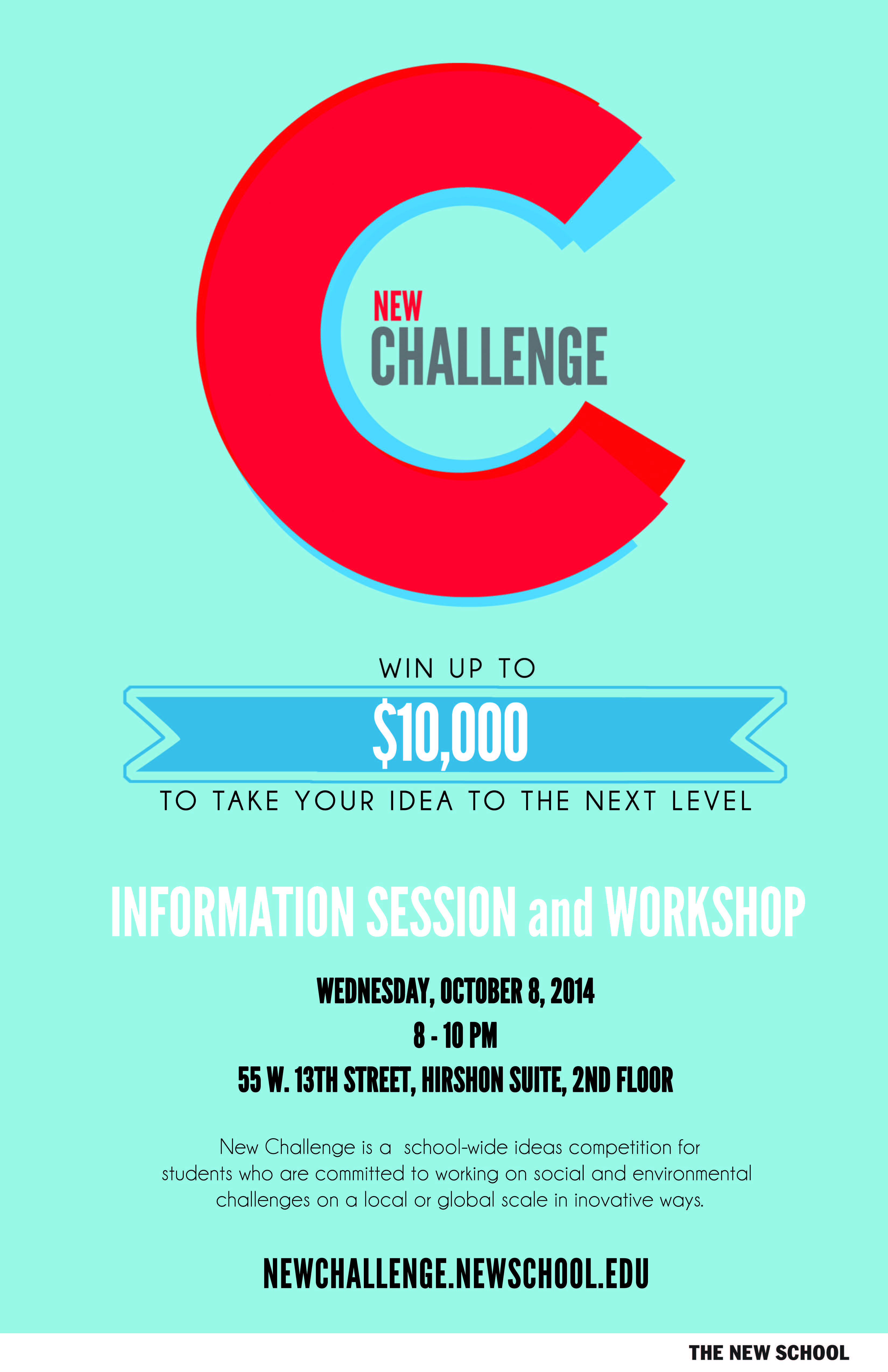WHERE ARE YOU FROM ORIGINALLY
I was born in Pennsylvania. I moved to the Paris area when I was five years old, and moved to New York at seventeen.
WHAT ATTRACTED YOU TO THE BFA PHOTOGRAPHY PROGRAM AT PARSONS AND HOW’S IT GOING SO FAR?
I’d never heard of Parsons until I began looking into college options. I remember meeting with Arthur Ou, head of the department at the time, who made a good impression. I never realized how thorough a photographic education would be until I began going to school for it. I think Parsons is known for how intense it can be, and when you really get into it you can start living around making work, looking at work, thinking and talking about work all the time. There is no limit to how seriously you’ll take it, or what your work ethic is. I don’t know how other photo programs are, but I can tell how Parsons Photo just sort of goes with what you are doing – even if you’re lost as to what that is. I think we always respect each other’s work, and that we are all making something different. Still, we’re a small enough group that we’re almost forced to feed off each other all the time. You see what people around you are making, the prints that were left behind, the ones hanging in the hallway or in the trash; the kind of subjects people bring in, the music they play when they shoot (or edit work), all these things set the mood for a creative space in which we live daily.
WHAT IS YOUR FAVORITE CLASS AND WHY?
My favorite class at Parsons was probably George Pitts’s ‘Picturing Sexuality’, which I took in 2013 and changed the way I made pictures. My thesis project was born in that class; it was like a switch. Something changed for me, and my work has been growing since.
Other noteworthy classes are Landscape & Space,
HOW DID YOU BECOME INTERESTED IN PHOTOGRAPHY?
I don’t know. I just remember myself with a small point-and-shoot, looking around curiously and making bad pictures. I would photograph flowers and smiles and the Eiffel Tower and sort of ponder at the frozen results. I think I responded so much to the medium because it was so silent. I’ve been hard of hearing since as long as I can remember, and I found refuge in the quietness of photographs. I think this “quietness” is visible somewhere in my work. I also have bad eyes, but the difference is that when you can’t see something properly, you can still see it a little, you can move around and get closer and gradually identify it – but if you miss a sound, there’s no way to know it.
WHERE DO YOU SEE YOURSELF IN TEN YEARS? WHAT ARE YOUR PRIMARY GOALS?
Ideally, I hope to work for myself. Living off my work, showing it to whom might be interested. Despite my traditional aesthetic, I’m looking at contemporary issues that have relevance today. I want to spark dialogue and conversation but with questions more than statements. Using myself as a visual thread that I manipulate, I can remind the viewer that the standards we live by today – such as gender categories, one example of many – are all constructs. Once we realize that, it can empower us to change our habits and mindset as individuals. By getting used to our daily powerlessness, we begin to think our actions or opinions have ceased to matter.
WHAT KINDS OF THINGS SPARK YOUR IDEAS?
Human behavior. I observe a lot around me, am affected by kids a lot. I always think about my life, my choices, and how they affect who I am and how I think in ways I can’t even grasp. However, I always have a hard time remembering my childhood, so what triggers my work stems from more recent experiences. I’m always amazed at how all these broad and ‘abstract’ notions of gender, race, class, hierarchy, balances of power etc are constantly happening all around us every day, enforced or fought, consciously or not. There is so much to look at in human behavior – and that’s why we should leave animals alone by the way.
WHAT INSPIRES YOU AS AN ARTIST? AND WHAT ARTISTS HAVE INFLUENCED YOU THE MOST?
I’ve always relied on inspiration from artists for visual aims over conceptual ones. In that sense, I definitely owe one to Robert Mapplethorpe, who has been influencing all of my portraiture work since day one. In that vein, George Platt-Lynes, Walker Evans, Duane Michals, Bruce Weber, Manuel Álvarez Bravo and Matthew Morrocco.
I’m currently working on a book around the landscape and architecture of Cuba, where I studied abroad last year. Documenting nature and our footprint on it has always been my first passion. I’ve loved Robert Frank, Lewis Baltz, Eugene Atget, Edward Burtynsky and Sebastião Salgado.


